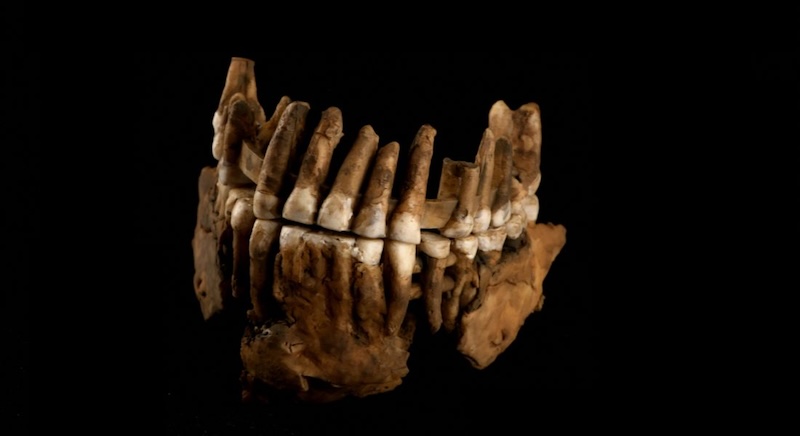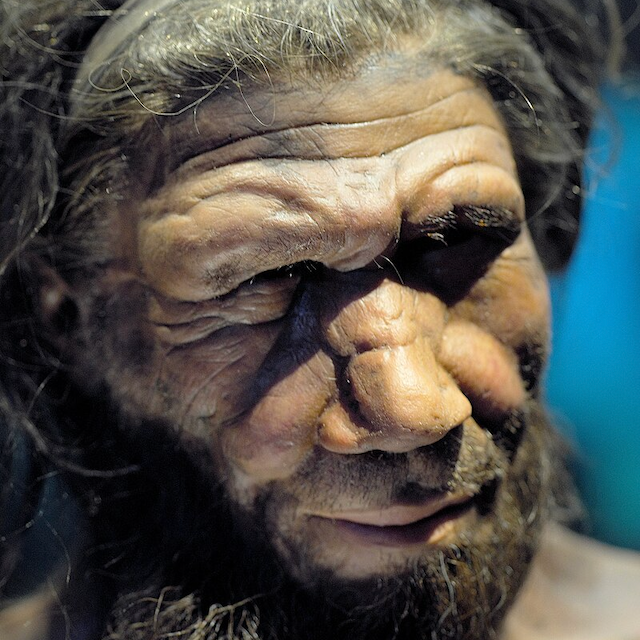- Neanderthals, like “Thorin” found in France, lived in small, isolated groups without much interaction with other Neanderthal populations. Scientists think this isolation might have led to inbreeding and ultimate extinction.
- Thorin’s lineage split from other Neanderthals about 100,000 years ago, according to DNA analysis. The lineage remained separate for over 50,000 years, suggesting more complex population structures than previously thought.
- The isolation likely reduced genetic diversity, making Neanderthals less adaptable to changing environments and contributing to their eventual demise.
How did Neanderthals become extinct?
Neanderthals are an ancient human species that once lived in Europe and parts of Asia. Scientists think they emerged 400,000 years ago and became extinct about 40,000 years ago. No one knows why they disappeared. One theory is that Neanderthal populations became too isolated from each other. As a result, they eventually died out due to inbreeding. On September 12, 2024, the University of Copenhagen said new DNA analysis of Neanderthal remains from a cave in southern France makes that theory more likely.
The peer-reviewed journal Cell Genomics published the new study on September 11, 2024.
Thorin, a Neanderthal from France
For more than two decades, scientists have been extracting and studying ancient DNA from the remains of Neanderthals. This has allowed them to study differences in populations scattered across Europe and Asia.
The latest contributor to Neanderthal genome studies – the study of genetic material – is “Thorin,” a Neanderthal found in southern France. It’s a nickname bestowed by the scientists who found him, adopted from a character in J. R. R. Tolkien’s novel “The Hobbit.”
Researchers discovered Thorin in 2015 in a Rhône River Valley cave in France called Grotte Mandrin. Excavations of his remains are still ongoing. So far, scientists have recovered and studied parts of his jaws, with teeth still attached.
Analysis of his remains indicate he lived about 42,000 to 50,000 years ago.

Studying Neanderthals using DNA analysis
Researchers were able to extract DNA samples from Thorin’s teeth and jaw. Then they compared that DNA to samples from other Neanderthals in Europe and Asia.
Their analysis revealed Thorin came from a previously unknown lineage. His DNA was similar to an earlier Neanderthal population from about 100,000 years ago. However, geological dating methods indicated Thorin’s remains were much younger, between 42,000 to 50,000 years old. This age discrepancy puzzled the scientists, so they used additional analysis methods to date the remains.
Thorin’s remains, it turns out, were between 42,000 to 50,000 years old. He had descended from a population that had undergone little genetic changes for over 50,000 years.

A new look at an ancient population
According to paper author Tharsika Vimala, of the University of Copenhagen, scientists once thought that before Neanderthals became extinct 40,000 years ago, there was just one population. Thorin’s DNA results revealed there were actually two Neanderthal populations living in the same vicinity at the same time. She said:
Until now, the story has been that at the time of the extinction there was just one Neanderthal population that was genetically homogeneous, but now we know that there were at least two populations present at that time.
Ludovic Slimak at the University of Toulouse, added:
The Thorin population spent 50,000 years without exchanging genes with other Neanderthal populations. We thus have 50 millennia during which two Neanderthal populations, living about ten days’ walk from each other, coexisted while completely ignoring each other. This would be unimaginable for a Sapiens [modern humans] and reveals that Neanderthals must have biologically conceived our world very differently from us Sapiens.
Social isolation led to inbreeding in Neanderthals
This study raises interesting questions about the lack of social interactions between Neanderthal populations, and how it may have played a role in their demise.
Vimala commented:
It’s always a good thing for a population to be in contact with other populations. When you are isolated for a long time, you limit the genetic variation you have, which means you have less ability to adapt to changing climates and pathogens, and it also limits you socially because you’re not sharing knowledge or evolving as a population.
Martin Sikora, of the University of Copenhagen said:
When we look at these genomes from Neanderthals, we see they are quite inbred and therefore don’t have much genetic diversity. They have been living in small groups for many generations. We know inbreeding reduces genetic diversity in a population, which can be detrimental to their ability to survive if it occurs over a longer term.
The newly found Neanderthal genome is from a different lineage than the other late Neanderthals previously studied. This supports the notion that social organization of Neanderthals was different to early modern humans who seemed to have been more connected.
A different world from modern humans
Vimala added:
This is in the more speculative end, but even just the notion of being able to communicate more and exchange knowledge is something humans do that Neanderthals to some extend might not have done, due to their isolated lifestyles by organizing themselves in smaller groups. And that is an important skill to have. We see evidence of early modern humans in Siberia forming so-called mating networks to avoid issues with inbreeding, while living in small communities, which is something we haven’t seen with Neanderthals.
Bottom line: Some scientists think Neanderthals became extinct because their populations became too isolated, leading to inbreeding. New DNA studies of a Neanderthal in France support this theory.
Source: Long genetic and social isolation in Neanderthals before their extinction
Via EurekAlert!
Via University of Copenhagen
Read more: The first known example of Neanderthal rock art





No comments! Be the first commenter?